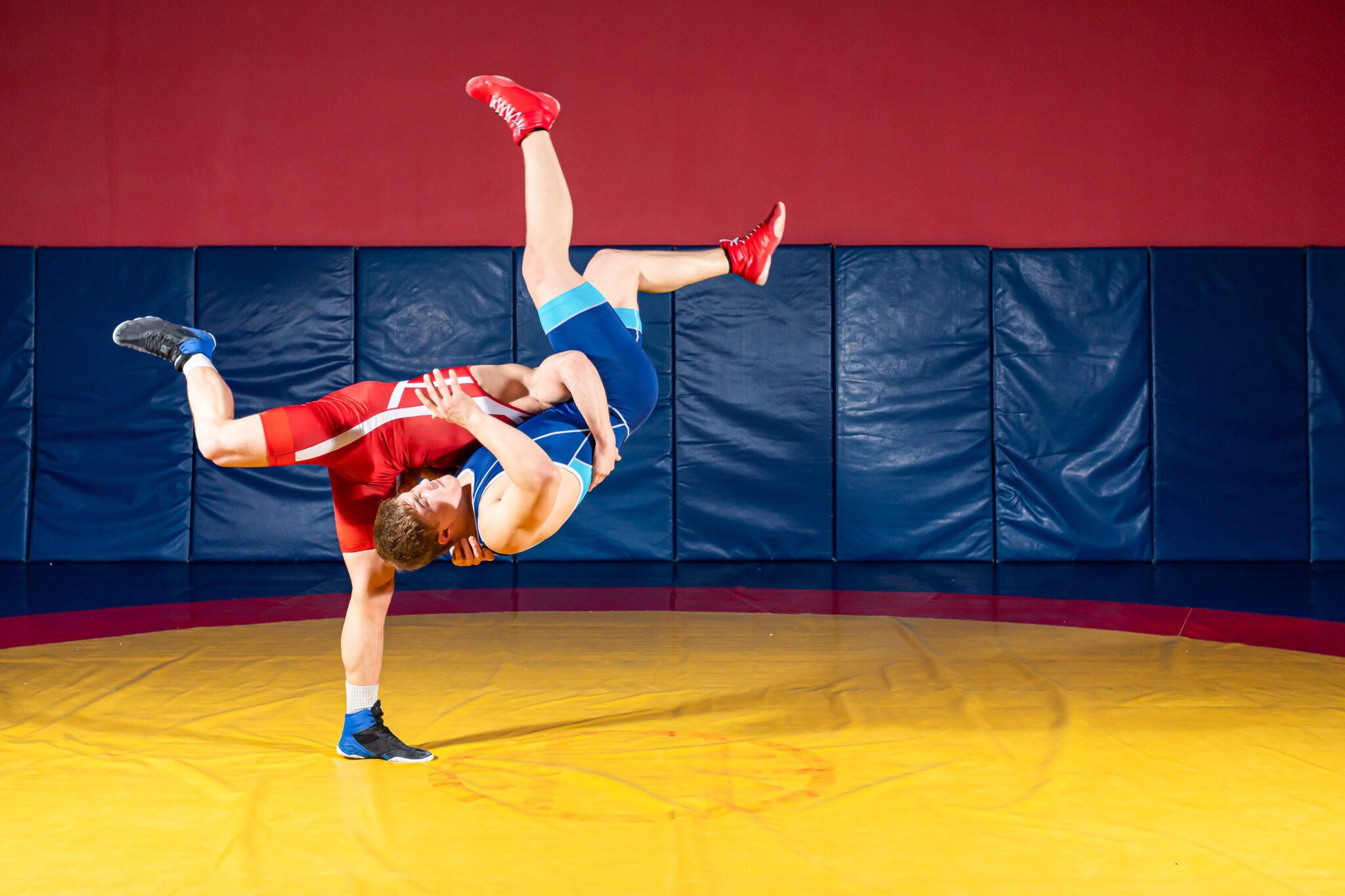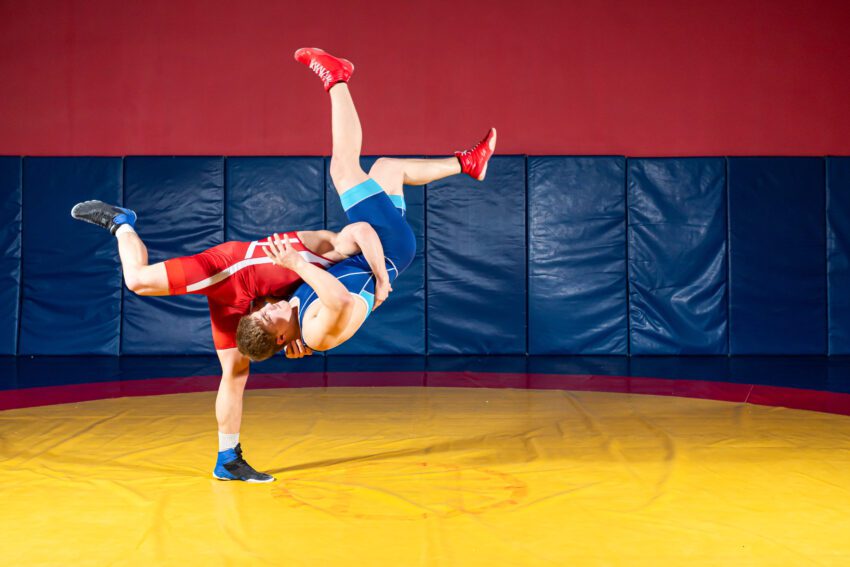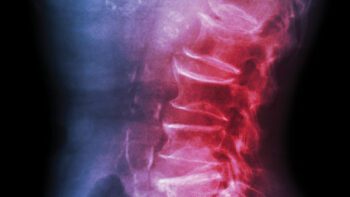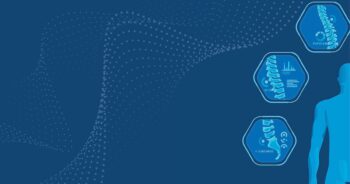
Youth Sports and Spinal Injury
Throughout childhood and into adulthood, sports have many benefits but also have accompanied risks. For example, concussions have received much coverage and brought attention to the potential effects contact sports, like football, can have on the brain. Less high profile, however, are the dangers regarding the spine. Football and other sports can result in damage to the spine and, although unlikely, even paralysis. This is not to say that children should not participate in sports, but parents and athletes should be aware of the potential risks and the signs to look out for.
What Are the Risks?
The types of spinal injuries that could affect athletes can be divided into two types. There are catastrophic injuries that are immediate or nearly so and the more long-term injuries or conditions that may be less immediate in their effect but can cause long term problems.
An example of this difference is having a football player take a hard hit and having spinal cord damage that necessitates immediate medical attention versus a gymnast who has back pain that arises and continues to worsen with time. The catastrophic injuries are the ones that are most obvious and likely more present in the minds of athletes and parents alike. Who isn’t horrified at the thought of a hard hit and having an athlete not be able to move their legs? I am not a parent, but I do remember my mom telling me how much she hated watching me wrestle and seeing my neck get twisted and contorted.
>>>> Youth Sports: 5 Reminders For Your Kids
For parents of teen athletes, having a child suffer a catastrophic injury, spinal or otherwise, is something they worry about at some point or another. Though this is a terrible situation, which unfortunately does occasionally happen, the bright side is that it is quite rare.
How Common are Catastrophic Injuries?
The reality is that as scary as severe and catastrophic injuries are, they are unlikely to occur. The key to handling catastrophic injuries to the neck or back is prevention. Using proper techniques, avoiding dangerous maneuvers – such as ‘spearing’, where a football player leads with the front of their helmet in a tackle – and proper treatment are all also vital in preventing spinal injuries.
A National Athletic Trainers’ Association task force executive summary released in August 2015 recommends that each school have an Emergency Action Plan developed in conjunction with the local emergency services. It also recommends that, although an athletic trainer at all events would be ideal, sports administrators should develop a procedure for implementing the Emergency Action Plan and coaches should be trained to administer appropriate care until medical personnel arrive. Parents concerned about a spinal injury occurring can ask if an appropriate plan has been developed and if the coaches have been trained.
Long Term Disc Injuries
Along with catastrophic and immediate injuries, there are also more subtle and long-term injuries to the spine resulting from sports. As a former wrestler, I had my first back/neck problem in middle school. After a hard impact to the mat, I had pain and the athletic trainer told me that discs in my spine were being compressed. It was not a significant problem and I quickly returned with little trouble. In high school, however, I was not as lucky. I hurt my back and experienced intense pain and flare-ups throughout the end of my wrestling career. I saw the trainer and was able to return back to wrestling shortly thereafter.
>>>>> Backpack Posture: 7 Tips for Kids
Throughout the rest of my time wrestling, I experienced periods of lower back pain and back problems arising from those injuries. Soreness and pain were intermittently present at different levels. During practice and matches, I repeatedly tweaked my back, causing worsened pain. I went through a cycle of reinjuring my back, taking time off to recover, and having pre-practice treatment with hot pads or electro stimulation. I did not visit a spine doctor or get x-rays, although I realize now that I could have found relief if I had done so. Unfortunately, this pattern of chronic problems in athletes is not uncommon.
Although my back problems were likely not due to any true spinal injury but rather due to injured muscles or ligaments, spine problems can arise later in life.
Spondylolysis and Teens
Spine University’s Guide to Back Pain in Teen Athletes suggests that the most common causes of back pain in teen athletes are muscle or ligament sprains and these should be treated with rest, ice, and pain medications when appropriate. More serious back problems can also occur; examples of these injuries are disc herniation, spondylolysis, and spondylolisthesis.
Basic Anatomy of the Spine says that spondylolysis refers to a defect in the vertebrae, typically in the area of the pars interarticularis. In the context of a young athlete, spondylolysis typically refers to a ‘stress fracture’ or a defect arising from micro-fractures forming as a result of repeated excessive loads. This stress fracture of the pars interarticularis is more common in certain athletes, such as weight lifters, gymnasts, and football linemen than the general population. Spondylolysis can also lead to further spine problems because the stress fracture can destabilize the spine and allow excess movement.
>>>>>>>Core Strength: Why Its Important for Your Spine
A stress fracture of the pars can essentially lead to ‘wobbling’ of the spine. Spines have vertebrae with discs in between them. The fractured pars and wobbling of the spine place more stress on the disc below and can cause degeneration of the disc. Disc degeneration can lead to additional problems in the back. Spondylolysis can also lead to forward slipping of the spine, known as spondylolisthesis. The fracture of the pars allows the vertebrae to move out of alignment, sometimes putting pressure on nerves, which can be very painful.
Spondylolysis can be found early and steps can be taken to mitigate the damage. A common scenario seen by physicians that demonstrates the value of early detection is when a young patient exhibits symptoms of spondylolysis; perhaps they suffered a stress fracture at some point and the disc below the fracture has noticeable degeneration. Though the symptoms are not too severe and there isn’t any real forward slippage of the spine yet, the disc degeneration would likely lead to long-term problems. The discs in the spine degenerate with Spondylolysis.
Spondylolisthesis: Early Detection
Early detection of spondylolysis and similar conditions can allow for quicker healing and preventative care, rather than continued suffering later in the patient’s life. Further damage can be mitigated by strengthening the core to provide support and modifying sports activities to avoid excessive wear. If the problem is not addressed, the disc can be severely degenerated by the time a diagnosis is actually determined. Failure to detect spondylolysis allows damage to progress and damaged discs do not heal on their own, although, stem cell therapy may help with deteriorated discs.
>>>>> Back and Neck Pain Relief: 7 Reasons to Hope this Season
The Nationwide Children’s Hospital advises that sports involving arching of the back with rotation and repetition are risk factors, along with poor physical conditioning. The risk, however, can be reduced with proper technique, appropriate equipment, and good conditioning. Signs to look out for which may indicate spondylolysis are chronic pain, stiffness in the lower back, and tight hamstrings. Pain in the back may also get worse when arching the back and twisting.
How Disc Herniation Occurs
Although less common in adolescents than adults, disc herniations can also occur in young athletes. The discs contain a softer center that acts as a shock absorber and an outer covering. Sports can put stress on the spine and a disc herniation can occur if the outer covering tears and the center material in the disc is pushed out. This material can press on nerves in the back and cause symptoms such as sciatica and leg pain. Numbness, pain, and tingling are all potential signs of a disc herniation. Some disc herniations are asymptomatic and do not cause pain. If a disc herniation poses a problem, it can be treated in different ways. If conservative treatments are not successful, surgery can be used to remove the inner disc material which has spilled out from the disc. Work with your doctor to decide on a course of action that is best for you.
Sports offer many benefits, both physically and mentally. While there are risks, they are not so severe as to outweigh what can be gained by participating. Parents and athletes should both do what they can to protect their spines. To prevent injury to the spine, build and maintain a strong core, no matter what age you are.
>>>> High School Athletes: What Are We Doing to Our Children?
The muscles of your core can support and brace your spine, decreasing the risk of injury, while benefiting your long-term spinal health by preserving your discs. Athletes should be sure to use correct techniques and avoid dangerous techniques, such as spearing in football. Stretching and warming up before practice and games is also very beneficial. Symptoms for back injuries and conditions vary from person to person, as do treatments. For this reason, be sure your doctor discusses all the treatment options and is thorough.
If you or someone you know is suffering from chronic back pain, weakness, numbness, pain, or tingling in arms or legs, it is a good idea to get it checked out by a physician. It is important to seek help early on because nerve damage can occur that may not heal and if there is ongoing damage, it is vital to stop it as soon as possible. If you are a parent, listen to your child and do not assume a problem will go away. Keeping your spine healthy will benefit you for the rest of your life. If you are in doubt, get it checked out.
by Hunter R. Voslow
*This article was originally published in the Spine Health Journal. Read the current issue and past issues here.



